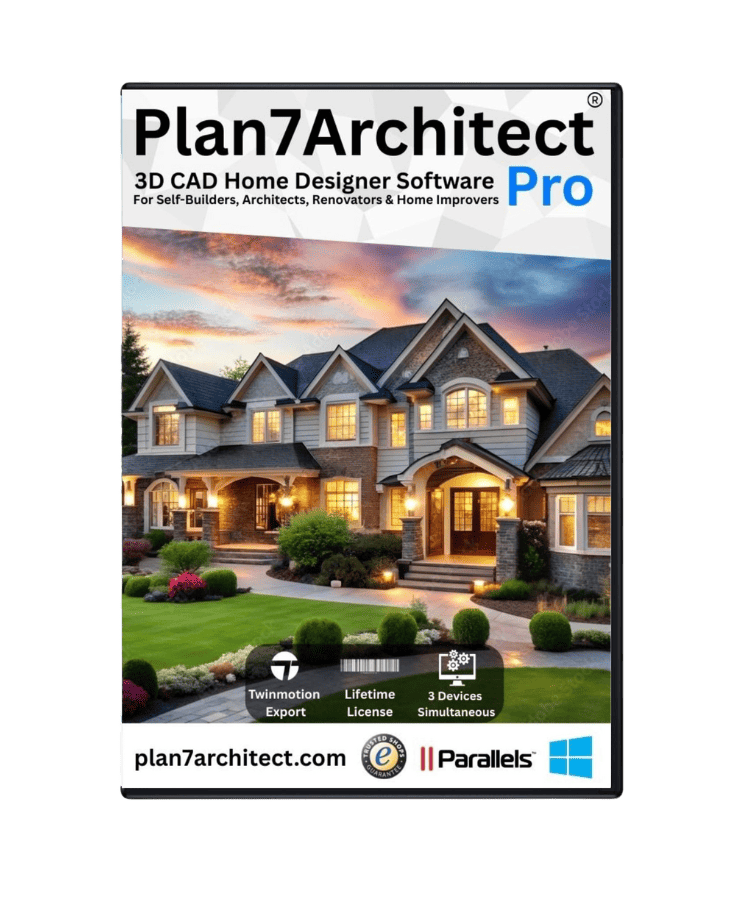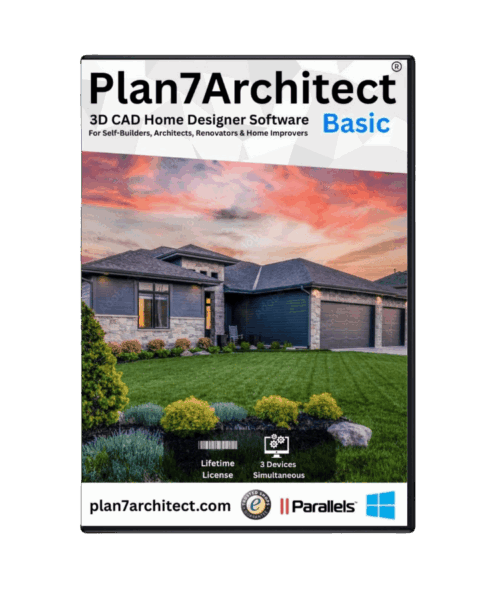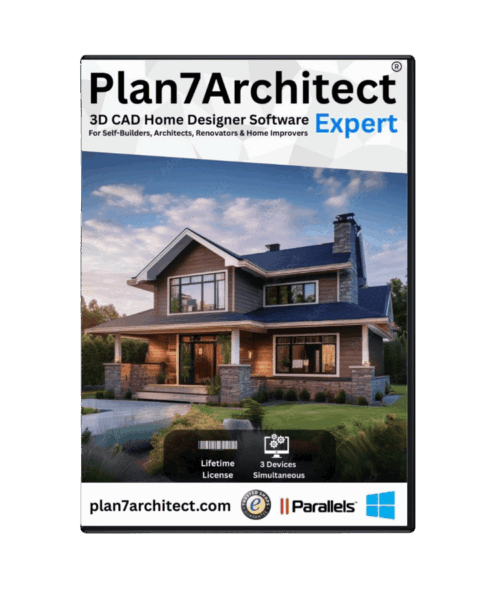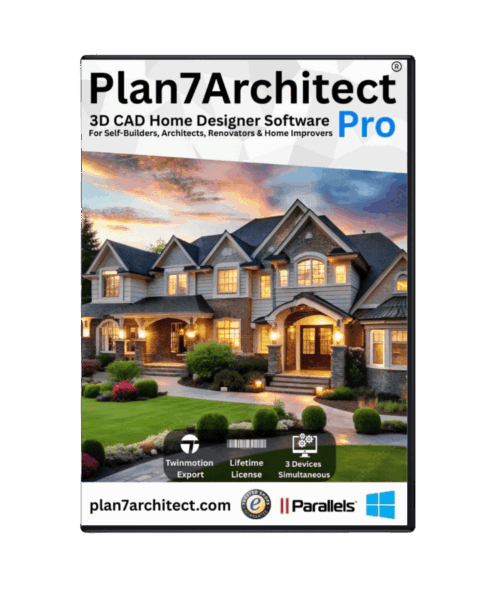Construction drawings and shop drawings serve different but complementary purposes in the building process. Construction drawings are created by architects and engineers to communicate the overall design intent of a project. They show what needs to be built and form part of the contract documents. Shop drawings, on the other hand, are prepared by contractors, suppliers, or fabricators. They provide the detailed instructions on how specific components will be manufactured, assembled, and installed.
In short: construction drawings explain what to build, while shop drawings explain how to build it.
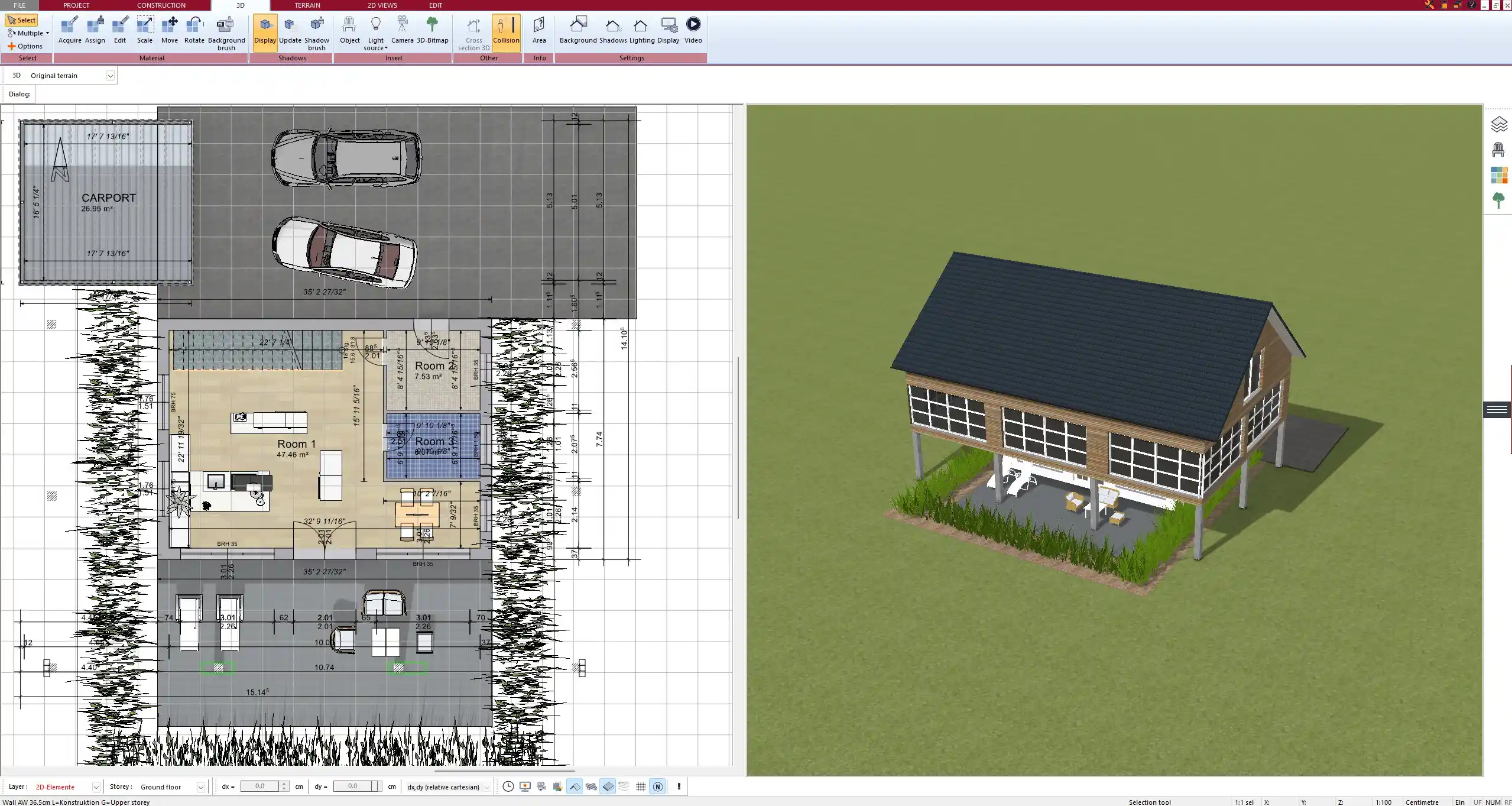
What Are Construction Drawings?
Construction drawings are the official documents prepared by architects or engineers and form the foundation of any project. They are essential for obtaining permits, preparing bids, signing contracts, and guiding builders on site.
Typical contents of construction drawings include:
-
Floor plans
-
Elevations
-
Sections and details
-
Structural layouts
-
Mechanical, electrical, and plumbing (MEP) systems
-
General notes and specifications
They provide a clear overview of the entire building and ensure that all parties involved in the project are working from the same design intent.
What Are Shop Drawings?
Shop drawings are more specialized and are usually prepared by contractors, subcontractors, or fabricators. They translate the general design intent into precise, buildable details.
Typical contents of shop drawings include:
-
Exact dimensions of parts and assemblies
-
Fabrication methods and tolerances
-
Material specifications
-
Installation methods and instructions
These drawings are often used to gain approval before fabrication begins, ensuring that what is built on site matches the architect’s vision and complies with the contract documents.
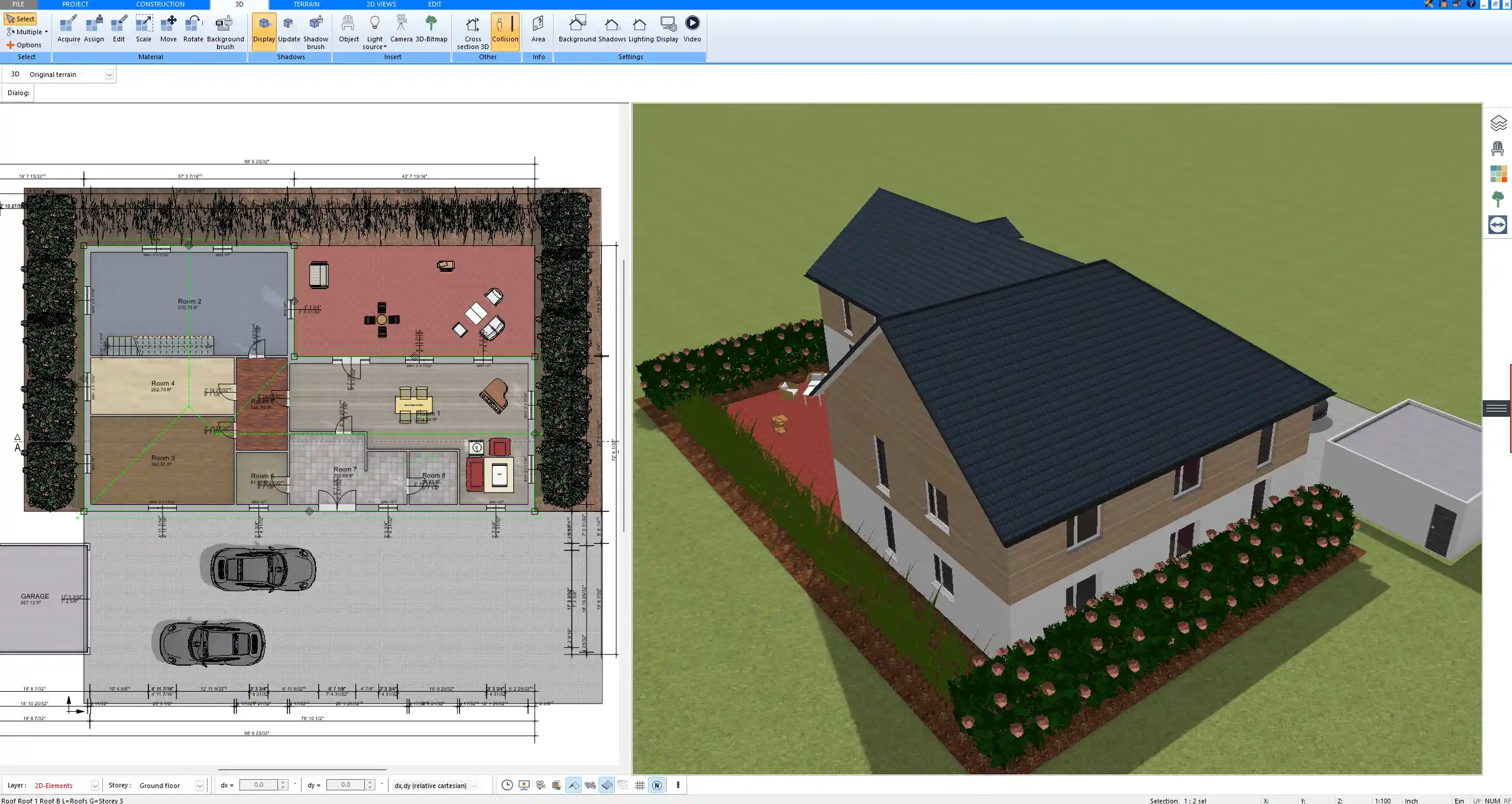


Main Differences Between Construction Drawings and Shop Drawings
The following table provides a quick overview of the key differences:
| Aspect | Construction Drawings | Shop Drawings |
|---|---|---|
| Prepared by | Architects/Engineers | Contractors/Fabricators |
| Purpose | Show design intent | Show fabrication and installation details |
| Level of Detail | General layouts, dimensions, codes | Highly detailed, with precise measurements |
| Used For | Permits, bidding, guiding construction | Manufacturing, assembly, on-site installation |
| Responsibility | Designer | Builder/Supplier |
| Legal Role | Part of contract documents | Require approval before work proceeds |
Why Both Are Necessary
Construction drawings set the overall direction and define the scope of the project. Shop drawings bring the project to life by clarifying the exact fabrication and installation steps. Without both, there would be gaps between design and execution, increasing the risk of errors, disputes, and delays.
Common Overlaps and Confusion
In practice, confusion can arise if the roles of construction and shop drawings are not clearly understood.
-
Contractors may attempt to use construction drawings as fabrication instructions, which can lead to mistakes.
-
Shop drawings submitted late can delay the project.
-
Miscommunication between designers and fabricators may result in costly changes.
Clear approval processes and regular communication are essential to avoid these issues.
Examples in Practice
To understand the difference more clearly, consider a few real-world examples:
-
Structural steel beams
-
Construction drawings show the size, location, and arrangement of beams.
-
Shop drawings show weld details, bolt hole positions, and exact fabrication lengths.
-
-
HVAC systems
-
Construction drawings show general duct routing and equipment placement.
-
Shop drawings specify duct dimensions, connections, and support brackets.
-
-
Cabinetry or windows
-
Construction drawings show layout and positioning.
- Shop drawings detail joinery, hinge placement, finishes, and exact measurements.
-
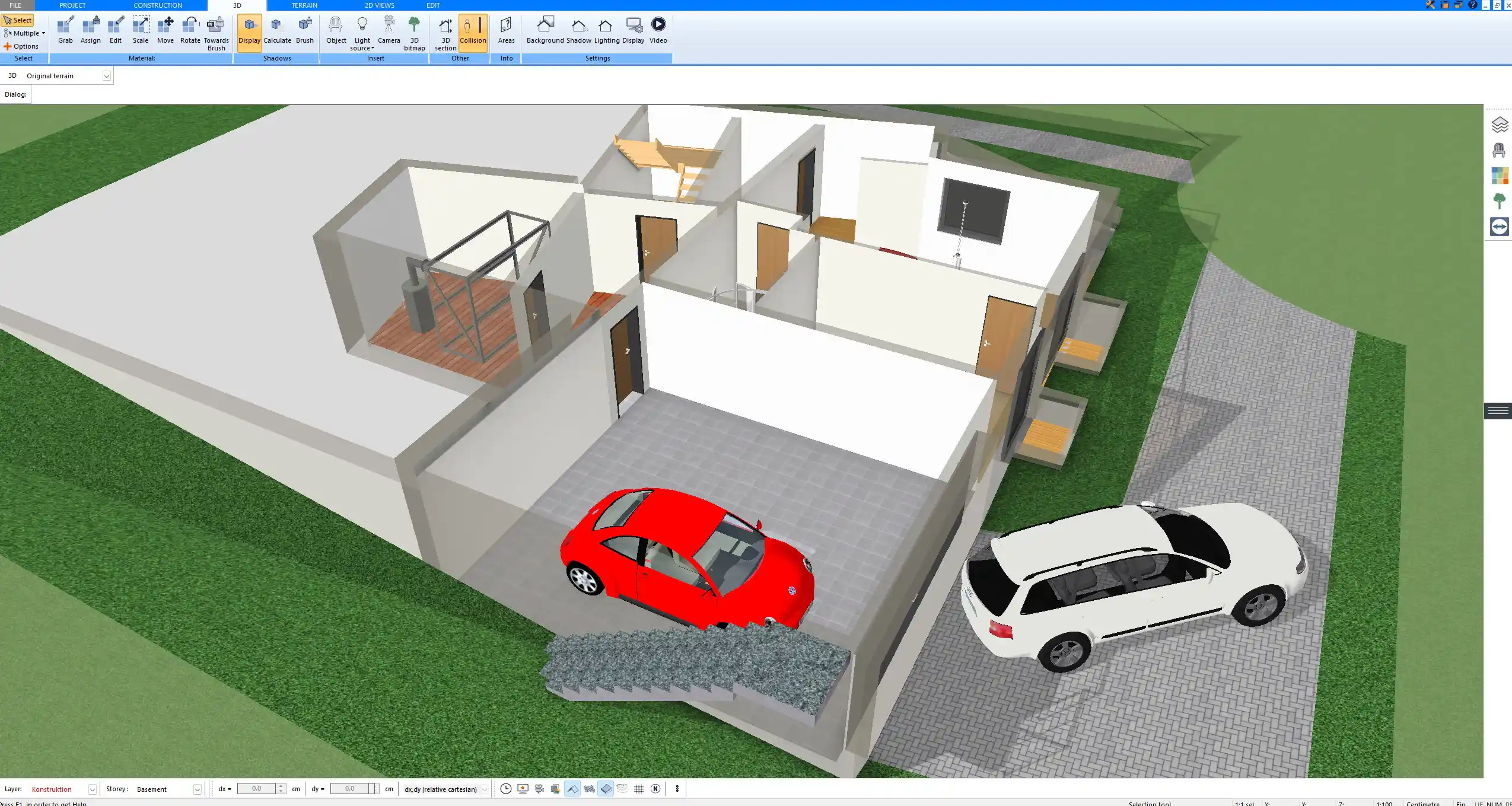


Approval Process and Responsibility
Shop drawings are typically submitted for review by the architect or engineer before fabrication. This approval ensures compliance with the original design intent, codes, and safety standards. Responsibility for accuracy rests with the contractor or fabricator, even after approval.
Key Takeaways
-
Construction drawings = design intent.
-
Shop drawings = fabrication and installation details.
-
Both are essential to avoid delays and mistakes.
-
Clear roles and approvals prevent misunderstandings.
Plan Professional Drawings Yourself with Plan7Architect
With Plan7Architect you can create professional floor plans, layouts, and detailed building drawings that help you cover both the design intent and the detailed execution of your project. Whether you are preparing construction drawings with precise layouts or shop-level details such as furniture, windows, or HVAC placements, the software gives you full flexibility. You can switch easily between European and American units, depending on your needs, making it ideal for international projects.
You benefit from a one-time purchase, and if you are not satisfied, you have a 14-day cancellation right. You can simply cancel your order by email. This replaces a trial version and ensures that you can test the software risk-free.
Plan your project with Plan7Architect
Plan7Architect Pro 5 for $179.99
You don’t need any prior experience because the software has been specifically designed for beginners. The planning process is carried out in 5 simple steps:
1. Draw Walls
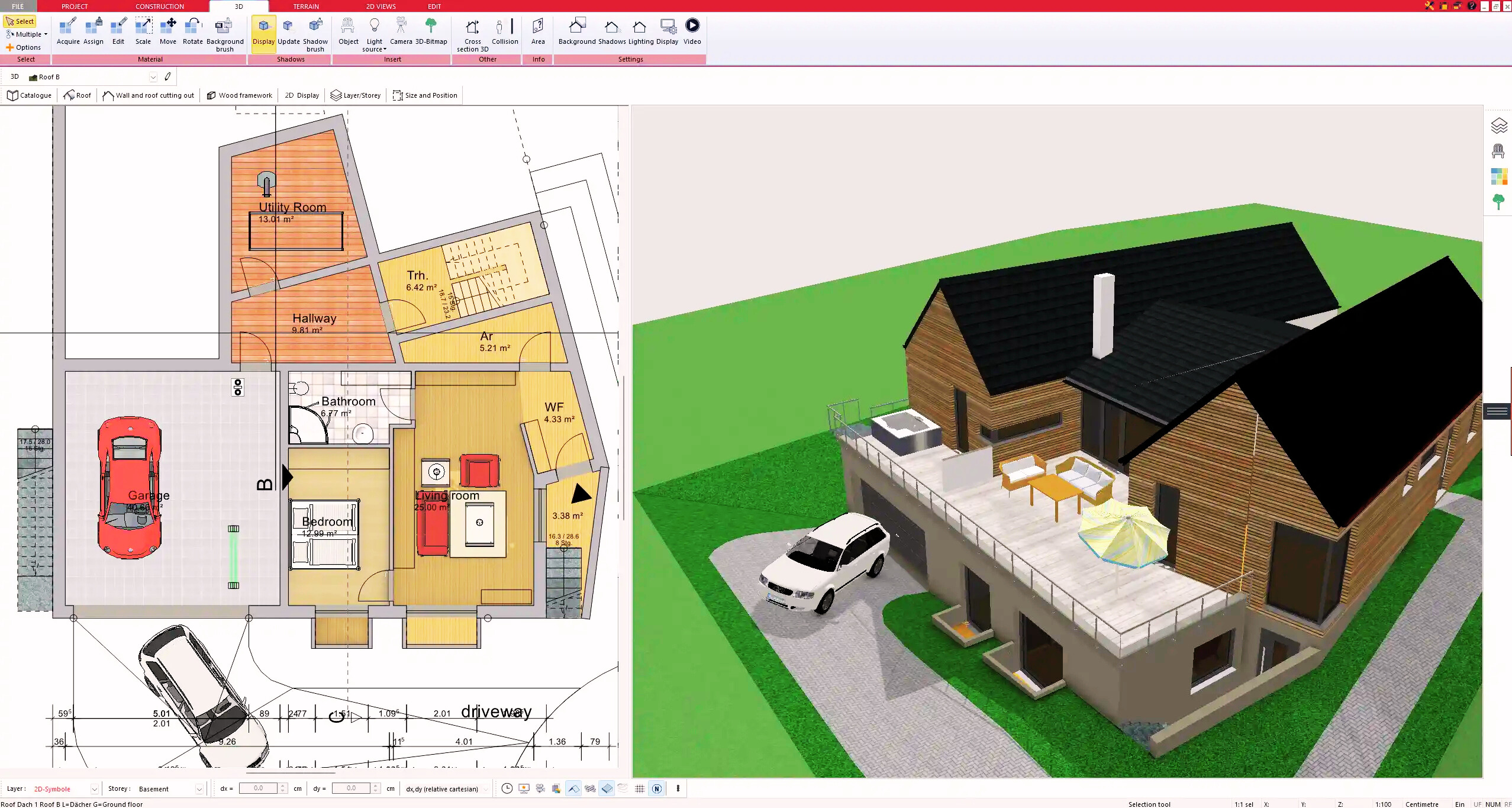


2. Windows & Doors
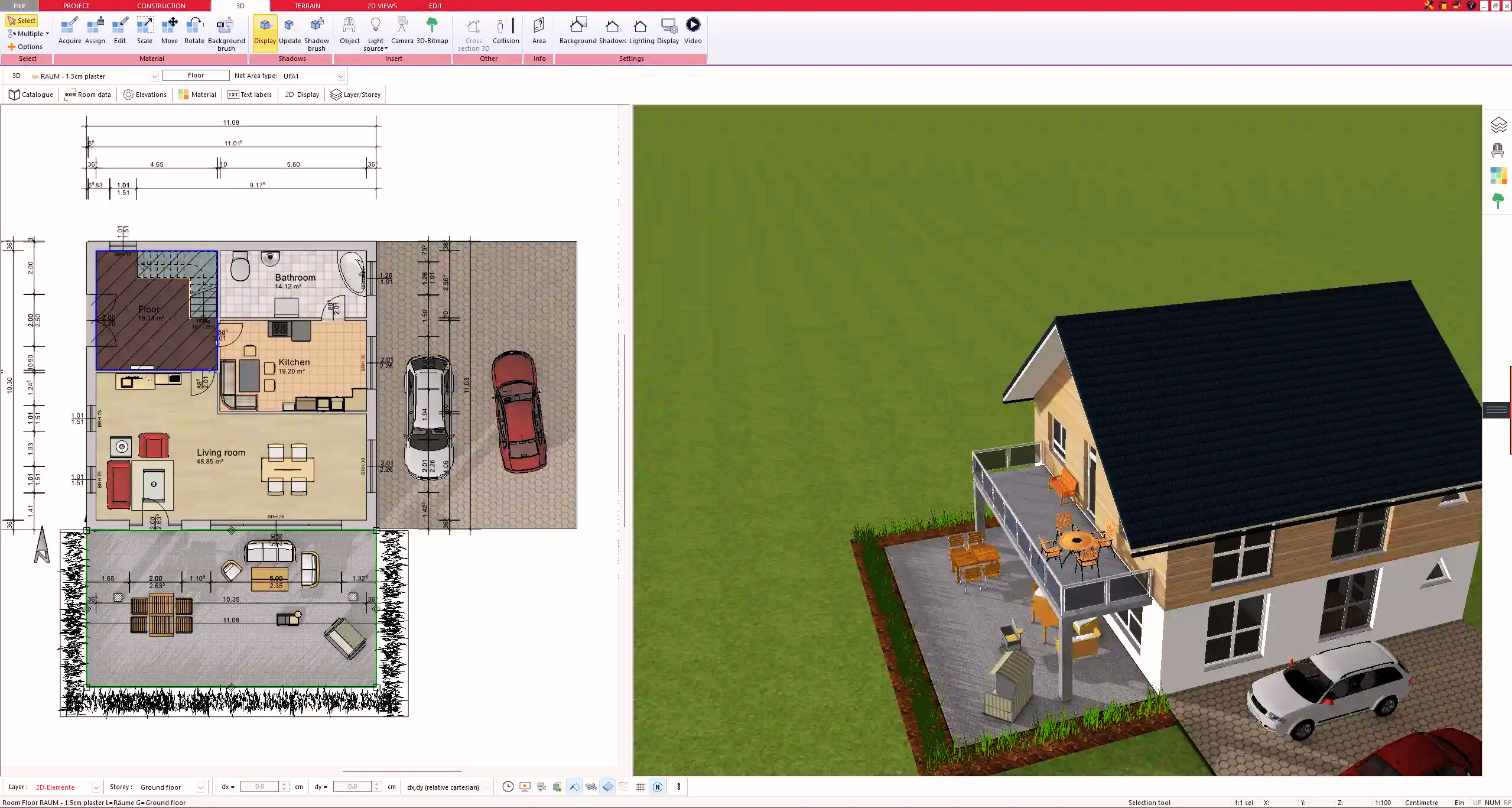


3. Floors & Roof
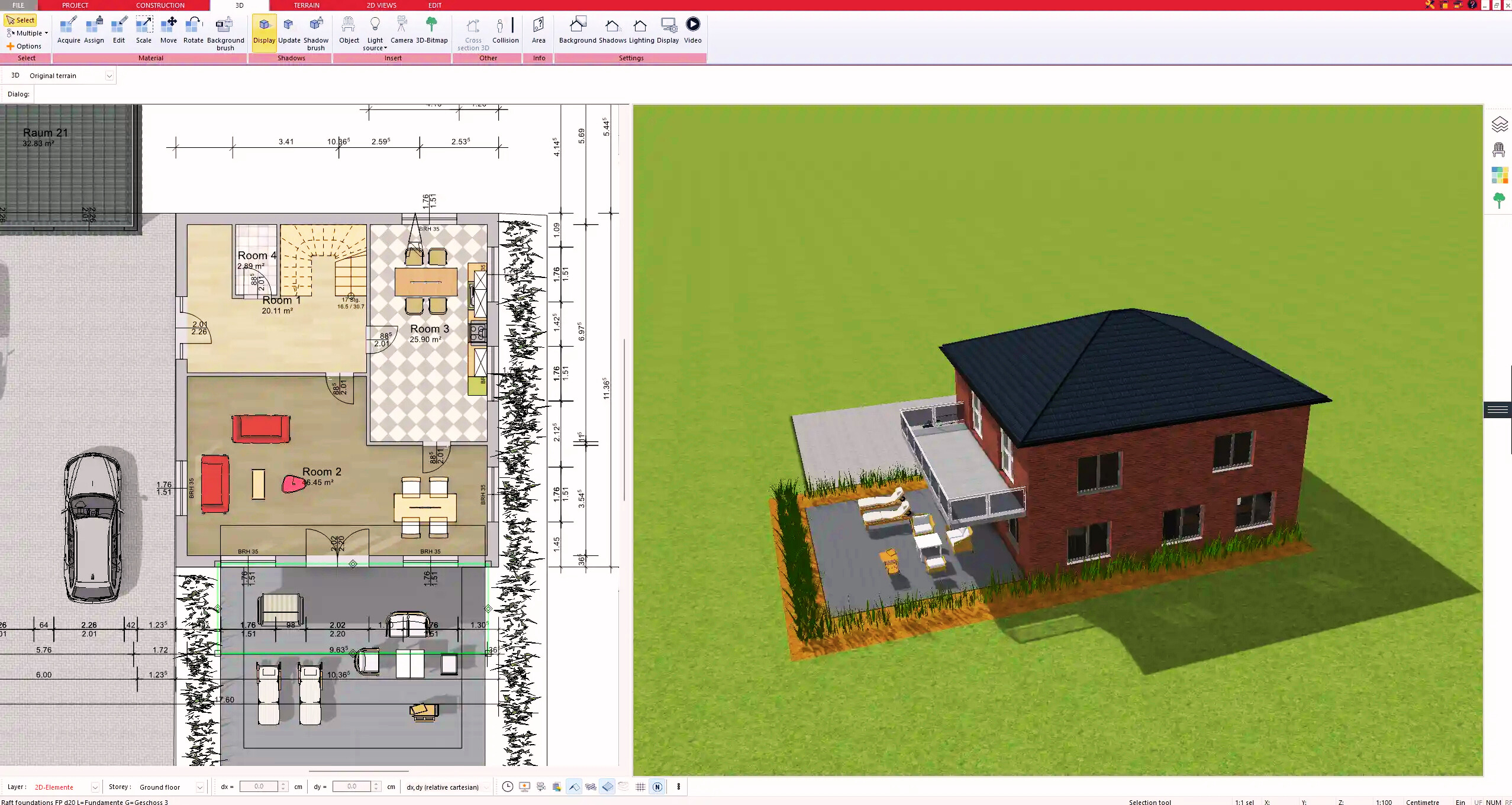


4. Textures & 3D Objects
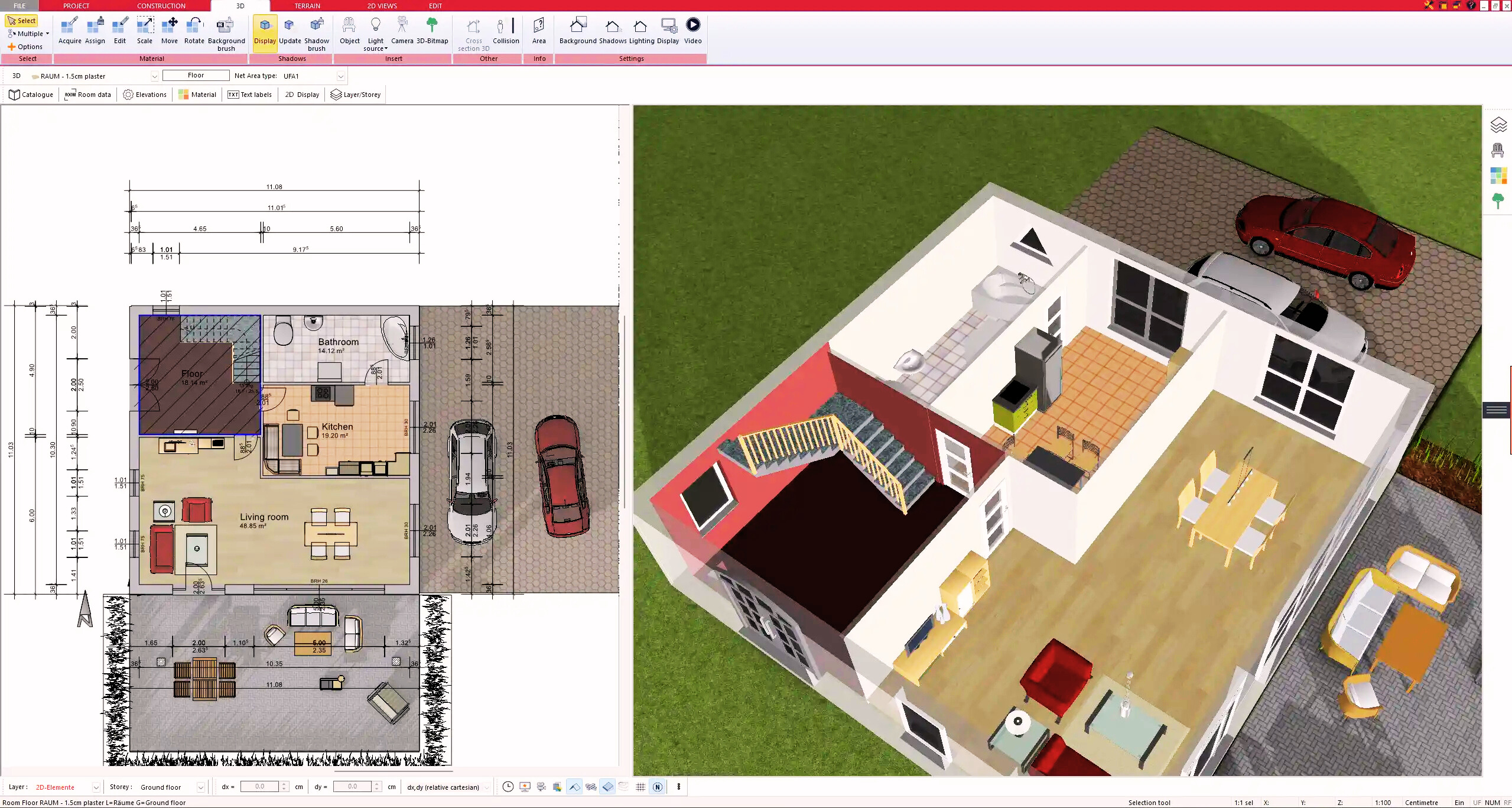


5. Plan for the Building Permit
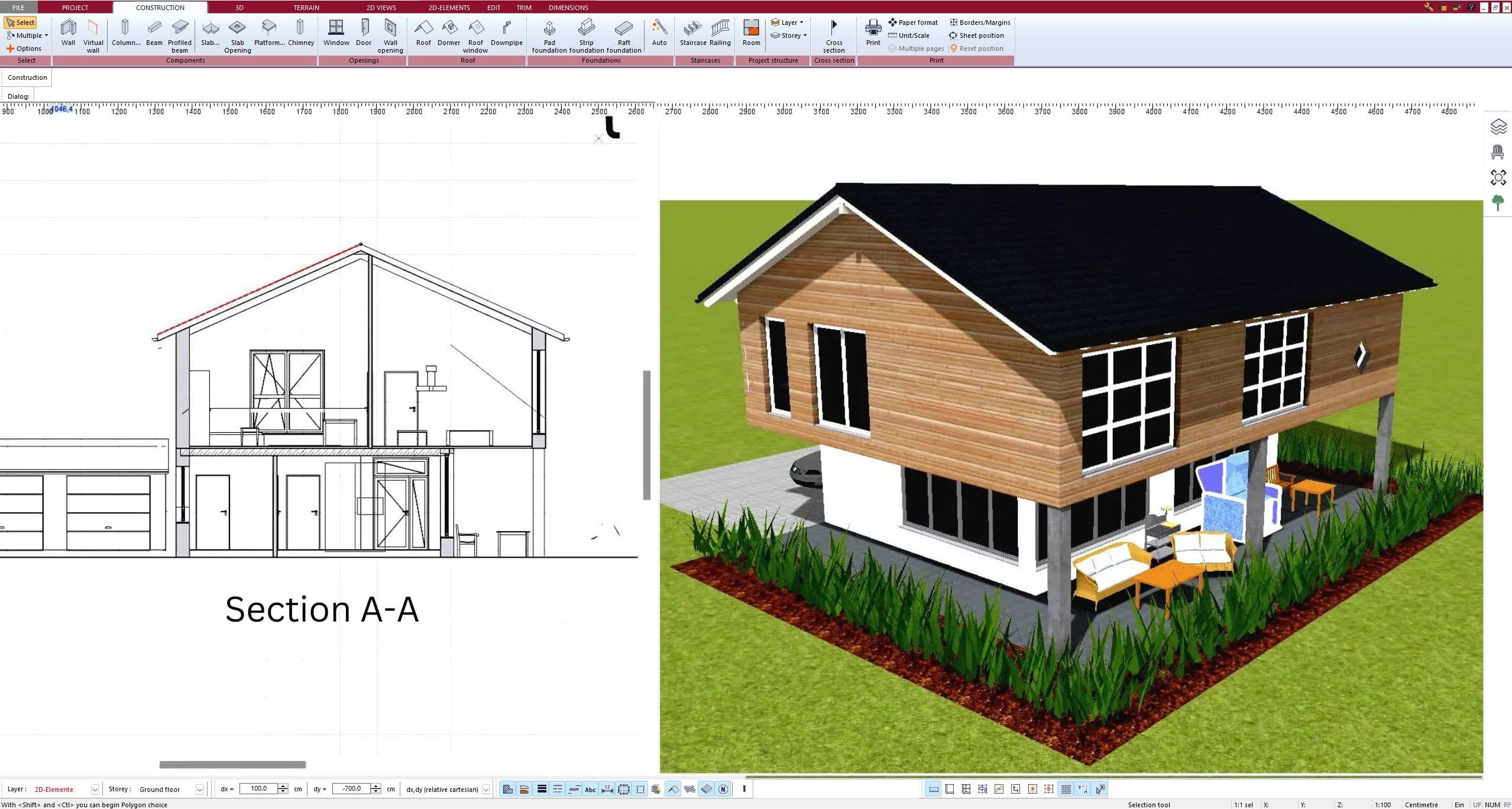


6. Export the Floor Plan as a 3D Model for Twinmotion
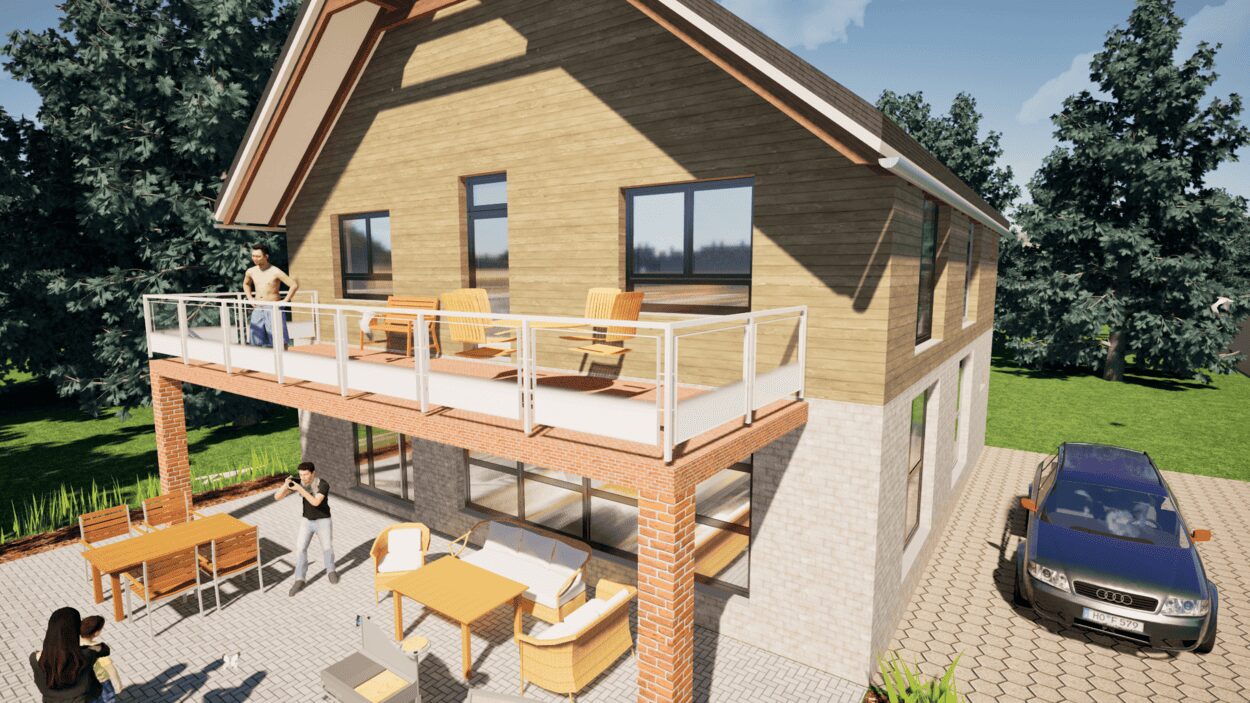


- – Compliant with international construction standards
- – Usable on 3 PCs simultaneously
- – Option for consultation with an architect
- – Comprehensive user manual
- – Regular updates
- – Video tutorials
- – Millions of 3D objects available
Why Thousands of Builders Prefer Plan7Architect
Why choose Plan7Architect over other home design tools?


